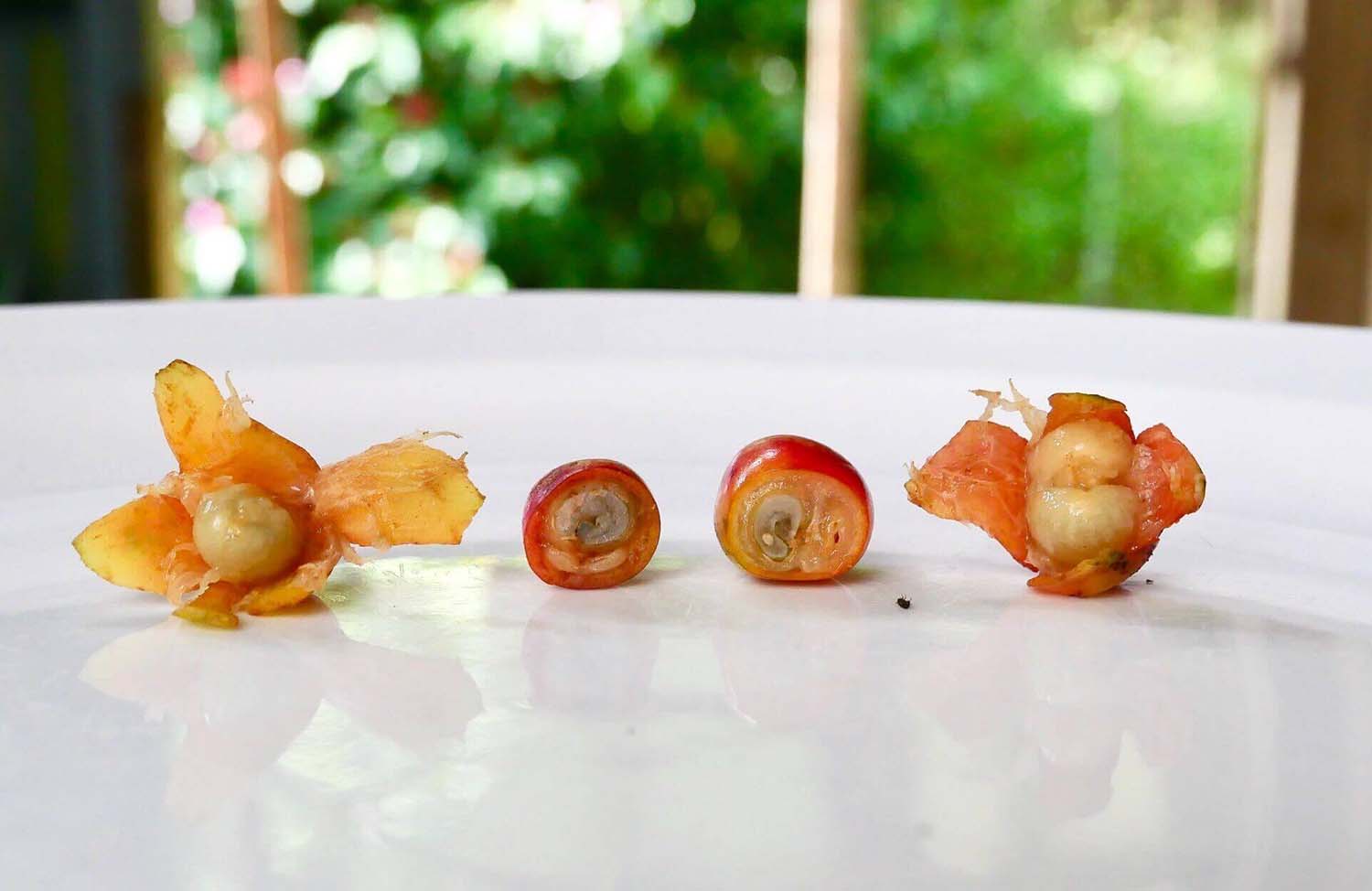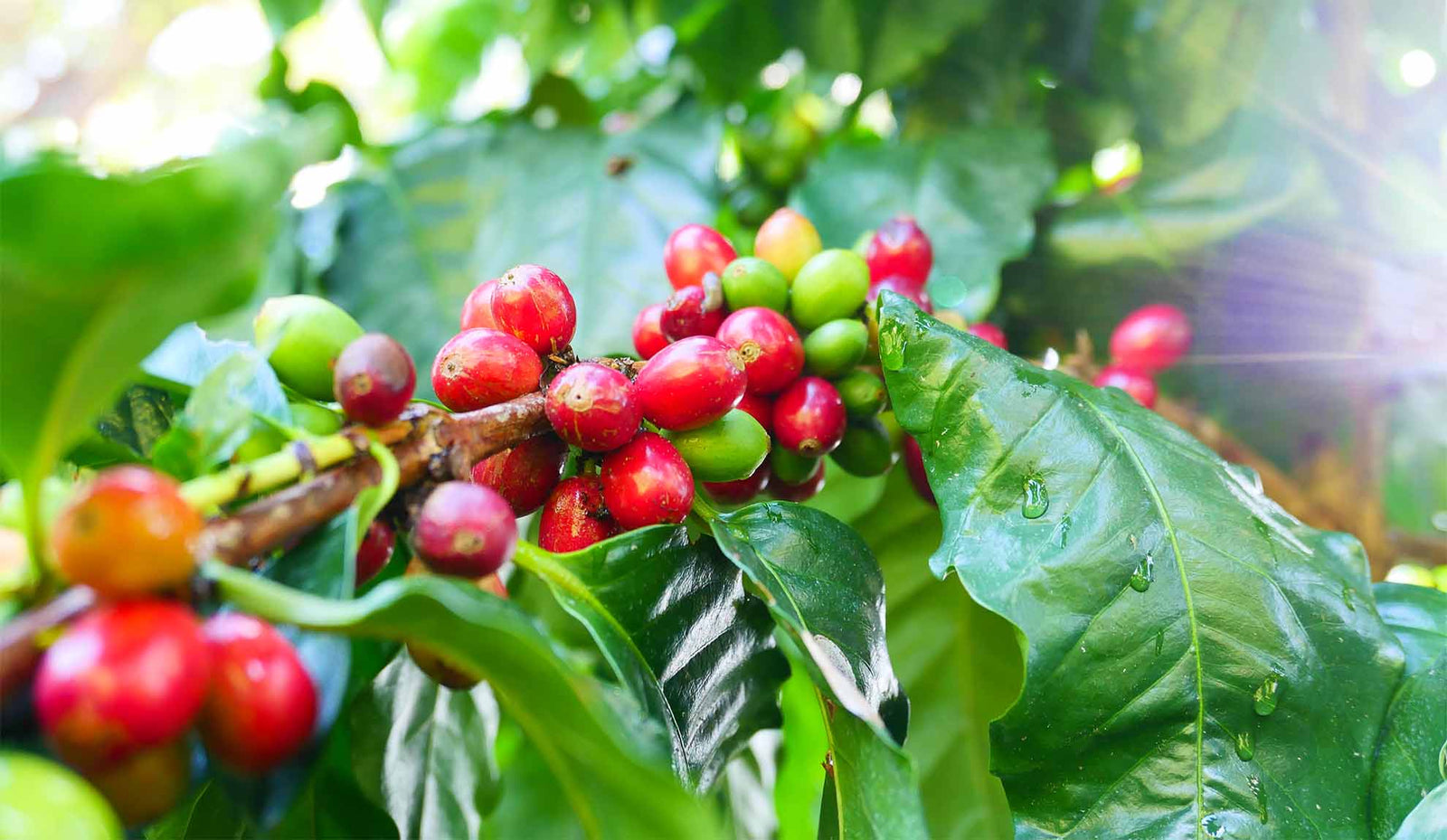Introduction to Home Coffee Roasting
Roasting coffee at home can seem daunting and unapproachable at first. It certainly takes plenty of time and effort to get right, but with practice and patience, it can become an incredibly rewarding way to enjoy freshly roasted delicious Hawaii-grown coffee.
However, as home roasting can be difficult to initially get into, we’ve put together a few key tips on what kind of equipment to look for and where you might want to start. As well as that, we’ve also included some points on how Kona coffee acts differently when you roast it. Read on to learn more.

Selecting Your Home Coffee Roasting Equipment
There are many different types of home roasters out there, catering to every skill level. How you decide which one to buy will be dictated by your budget, the amount of coffee you want to roast, and how much control you want over the roasting process.
For beginner home roasters, we recommend starting with a popcorn popper. It might seem strange, but these machines are a great starting point for roasting small volumes of coffee. Some people use ovens or skillets.
However, once you roast enough coffee, you may want to look away from improvised equipment to start using specialist home roasters. These are more expensive, and take a number of different forms; some will have small drums (like the Aillio Bullet R1 or the Sandbox Smart R1+C1) while others (like the Ikawa) will look a little different.
Preparing Your Roasting Environment
Either way, once you’ve got your hands on some equipment, you’ll also need to decide where you’re going to be doing the roasting. Ventilation is key here, not only for your roasting, but also for your safety. The best place to roast is either outside or in a garage, as you want somewhere where you’ve got ample airflow.
This is because the smoke from the roasting process needs somewhere to go, and your kitchen extractor fan won’t be able to deal with it on its own. Even if you’re roasting outside, keeping a powerful fan on-hand will help to blow the smoke away and make sure you can see what you’re roasting.
PRO TIP: A scale, a couple of colanders, and a fan are indispensable when you’re starting your home roasting journey.

Understanding the Coffee Roasting Process
The exact method you use will depend on the roaster you’re using but will depend on the roaster you’re using. For example, if you’re using a popcorn popper, it’s an easy and straightforward process: pour the green coffee in and turn the machine on.
Dedicated home roasters will have their own manuals and instructions, and you should make sure you consult these carefully before use, as no two models will be the same. However, no matter which method you’re using, the key is to keep the beans moving and make sure there’s enough airflow in the roaster.
If you’re using a machine that doesn’t let you monitor temperature, you can roast to a certain profile (how “light” or “dark” a coffee is) by listening for what roasters call “first crack” and “second crack”. These are two loud popping noises that occur at 385°F and 435°F respectively.
First and second crack are caused by the moisture in your green coffee evaporating. This builds up pressure within each bean before it ruptures and splits open – causing the cracking sound.
Some machines will come with software that predicts first and second crack and “guides” your roast profile, but improvised equipment naturally will not. First crack occurs when coffee beans start to approach edibility (“lighter roasts”), while second crack marks the beginning of what most people generally agree are “dark roasts”. Take a coffee too far past second crack, and it will be incredibly bitter, with flavors of smoke and ash.
Once you’ve reached your target roast, quickly remove the beans from the heat and start cooling them. You can pass your coffee between two colanders to quickly allow the heat to dissipate and bring them back down to room temperature.
Once cooled, leave the beans to degas (the process where roasted coffee releases CO2) for a day or two. If you don’t do this, and brew them immediately, you’ll find that they taste intensely astringent and unpleasant. Once they’ve degassed enough, however, transfer them to a sealed airtight container, and keep them away from light and moisture until you’re ready to enjoy.
PRO TIP: Balance your batch size and temperatures over a few different attempts to find a flavor profile that suits you. Roasting is all about experimentation.

Roasting Profiles for Hawaiian & Kona Coffee
As a rule of thumb, as you roast longer and darker you remove unique origin characteristics, floral notes, fruit-like acidity, and lightness in favor of body. Darker roasts lead to more bitterness, body, increased caramelization, and smokiness, while lighter roasts have brighter acidity. Note that the term acidity here is used to denote positive fruit or wine-like notes in a coffee.
Treating Hawaiian coffee in the same way as green coffee beans from other origins will often lead to grainy or sharp flavors in the cup. To avoid this, try playing with roast duration, or a lower charge temperature.
How to Roast Hawaiian Coffee Properly?
At the same time, you should be wary of roasting your coffee too dark. While dark roasts can be bold, delicious, and intense, developing a roast for too long will mean you lose the coffee’s origin characteristics.
When roasting green Hawaiian coffee, such as Maui or Oahu, we don’t recommend roasting too light nor too dark. Very light roasts of these coffees tend to get grainy, while very dark roasts lose their character easily.
How to Roast Kona Coffee Properly?
For experienced home roasters, we recommend using a higher elevation green Kona coffee or green Ka’u coffee. Due to the added density, they can be roasted quite a bit lighter or darker than Maui coffees without sacrificing as much flavor or nuance. The lighter roasts will often have bright, crisp, and fruity flavors, while darker roasts will start to bring out the chocolatey, nutty, and smooth flavors. For medium dark, or espresso-style roasts, we recommend this green Hawaiian coffee.
Be careful when roasting Kona coffee. Just a few degrees too dark and you’ll lose its natural character. If you prefer dark roasts, we recommend you discharge your dark roast Kona coffee a few degrees earlier than you usually would.

Why Do Hawaiian Coffees Need to Be Roasted Differently?
A Unique Origin
It’s important to remember that no two coffees are alike, and each will behave differently throughout the roast. This is especially true for Hawaii, with so many individual regions and such variety in terms of flavor.
As such, during the roasting process, you can choose to accentuate these different flavors and characteristics. For example, you can try to highlight the fruitiness of Hawaiian coffee by drawing out first crack or opting for a faster “rate of rise” (RoR).
Ultimately, just remember that there’s no blanket rule for “Hawaiian coffee”. Think about the processing method, the region, and the elevation at which the coffee was grown, and then think about what you want to taste in the cup.
Bean Density & Elevation
As a rule, coffee beans grown at higher elevations are denser. At these higher altitudes, the cooler temperatures slow down the coffee cherry’s maturation, leading to denser and sweeter coffee beans.
The Kona coffee we use has a similar density to Central American coffees, but when looked at under a microscope, has a slightly more open cellular structure. This means that it needs to be treated differently during the roasting process.
We recommend starting with a lower charge temperature (as well as using lower temperatures throughout) to avoid the risk of scorching (also known as tipping).

When it comes to finding authentic 100% Hawaiian green coffee beans to roast, we’ve got you covered.
We have a wide variety of options, including green Kona coffee beans, 100% Hawaiian blend green coffee, and Ka’u green coffee. You can also explore our roasted Kona coffee wholesale options.
Hawaii residents please note: Due to the discovery of coffee leaf rust, we cannot ship green Hawaiian coffees to Maui, Oahu, Kauai, Lanai, or Molokai.




